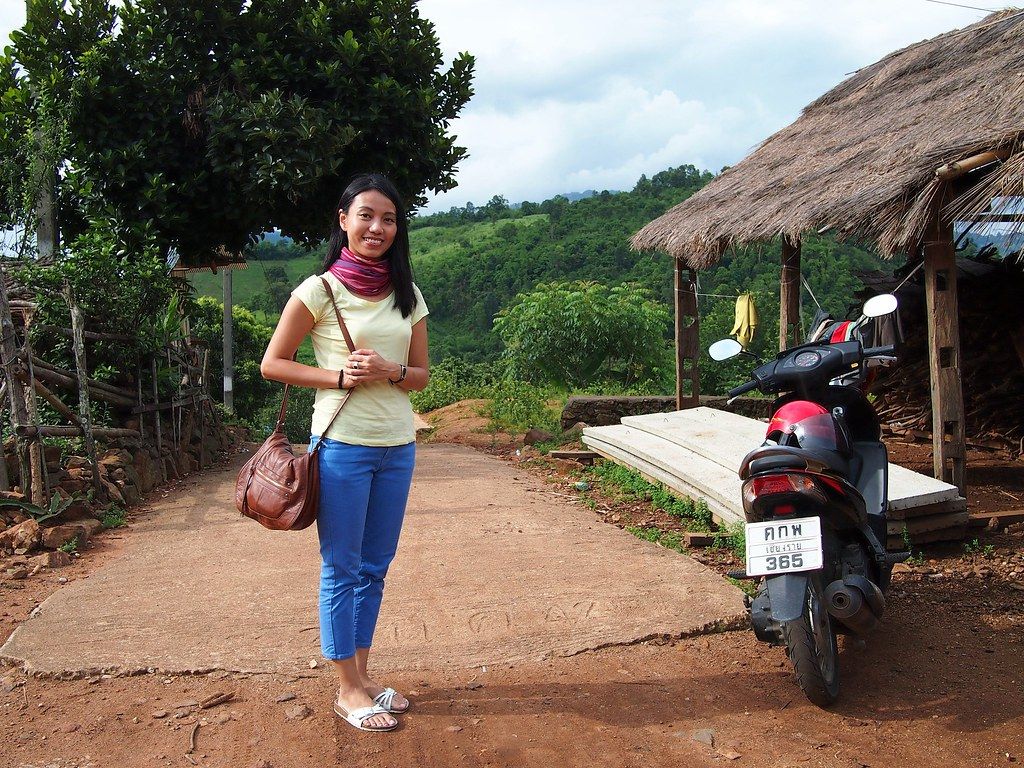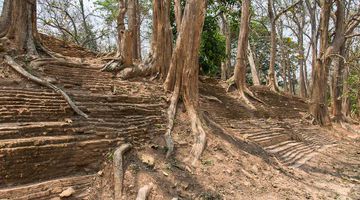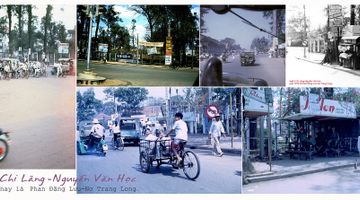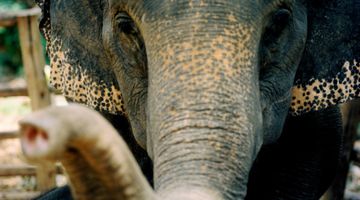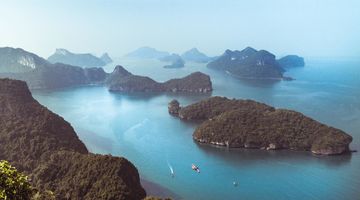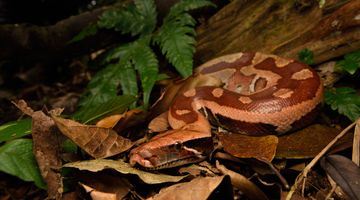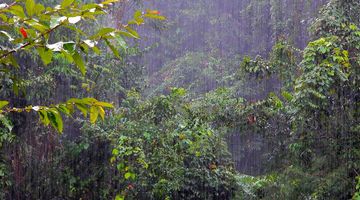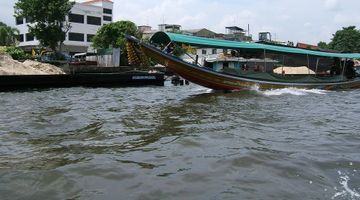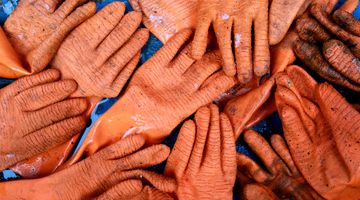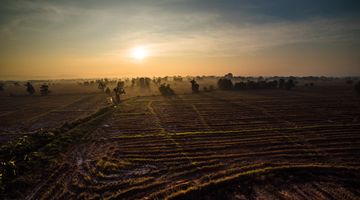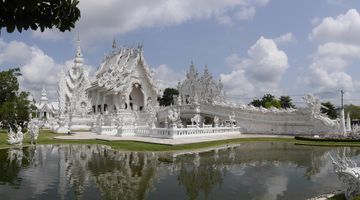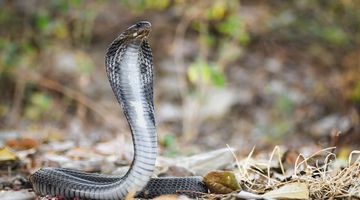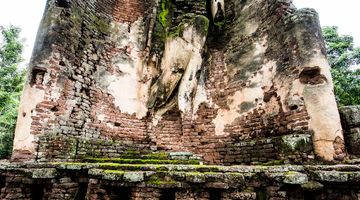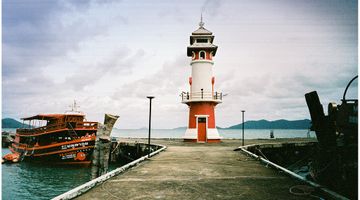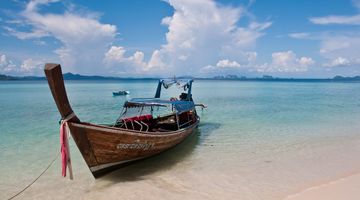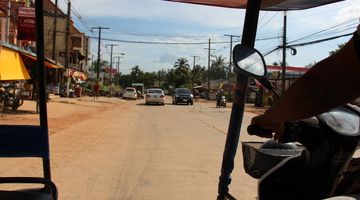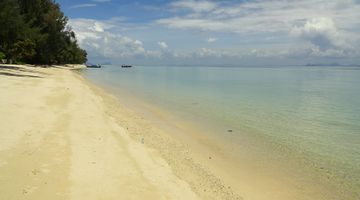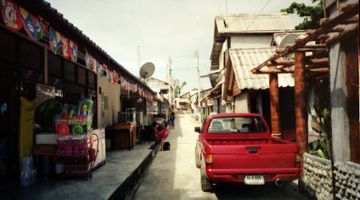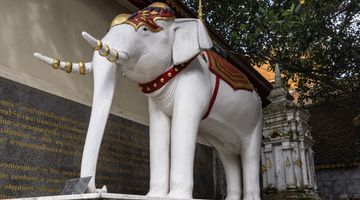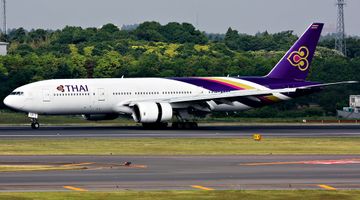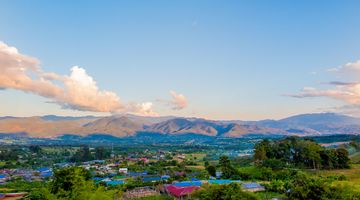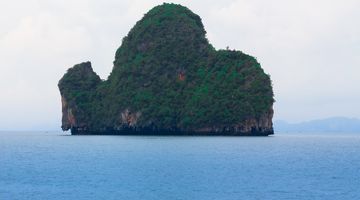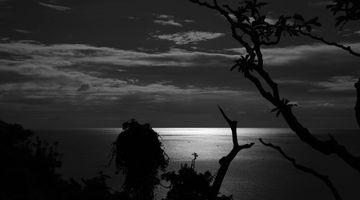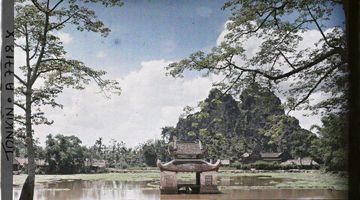Mae Salong Sights, POI and Things to Do
There are plenty of things to do in Mae Salong depending on your interests – from temples and tea fields to trekking, there’s something for everyone although it does tend to attract the more intrepid traveller.
Mae Salong markets and tea houses
For foodies, the main attraction is the town’s numerous markets. It’s a market centre for many other small local villages so there are a few different options to check out.
There is a permanent daily morning market, which opens daily at 6am and is located behind Shin Sane. It sells many different kinds of food and also has noodle and tea stands - by all accounts this can be quite a lively affair!
Another option is the Saturday morning market on the hill in the west of Mae Salong, which runs each Saturday and includes people from local hill tribes selling everything from hardware to food.
There are a couple of other markets around the junction in the west of town - set up casually on the road side, which also sell local foodstuffs.
Foodies should also take in some of the area’s popular tea houses, featuring tea from local plantations. Tea cultivation is led by the ethnic Chinese communities and the tea shops are friendly places to sit and enjoy free samples as well as buying souvenirs.
Temples in Mae Salong
Mae Salong is a town rich in history and culture, so there is plenty for travellers to soak up on this front, starting with Wat Santikhiri, a pagoda perched on a hilltop offering amazing views. With over 700 steps to the top, the climb isn’t for the fainthearted but it’s well worth the effort once you reach the summit. The pathway up can be taken from the morning market, and many trees along the way means it’s not until you get to the top that you’ll be rewarded with beautiful views.
Museums
The town was originally a Chinese village, established by those fleeing the communist revolution, and has a bloody history. More about this can be learnt at the Chinese Martyrs Memorial Museum (daily; 7am-6pm) which is free to enter and contains an interesting history of the area. Signs and descriptions are mostly in Chinese although some are in English so you can just about get the gist if you visit and don’t already known much of the history of Mae Salong.
Not too far from Mae Salong is the small town of Hin Taek, home of the infamous Khun Sa – once one of the CIA’s most wanted for his involvement in the local opium trade. There’s a small museum here where you can learn more of the area’s turbulent history.
Trekking, hiking and visiting hill tribe villages
If you’re looking for hiking and trekking, it’s not such a popular spot as other locations in North Thailand, but there are still options for exploring. Most guesthouses can give you a map of local trails, leaving you to spend a day exploring the local plantations and hill villages. There are also horse treks around these routes, which cost THB500 per person although they do have somewhat mixed reviews so many prefer to hike.
For just THB50 per person, a very popular tourist spot is the ethnic village of Ban Lorcha, which has been set up in an effort to ensure that hill tribes and sustainable tourism sit hand in hand. Tours of the village include taking in sights like traditional weaving, dancing, blacksmithing and seeing how the villagers live, including their houses and traditional clothing. This is a great spot to get an understanding of how these small hill villages in Northern Thailand operate, and the villagers are friendly and happy to chat, as far as they are able.
